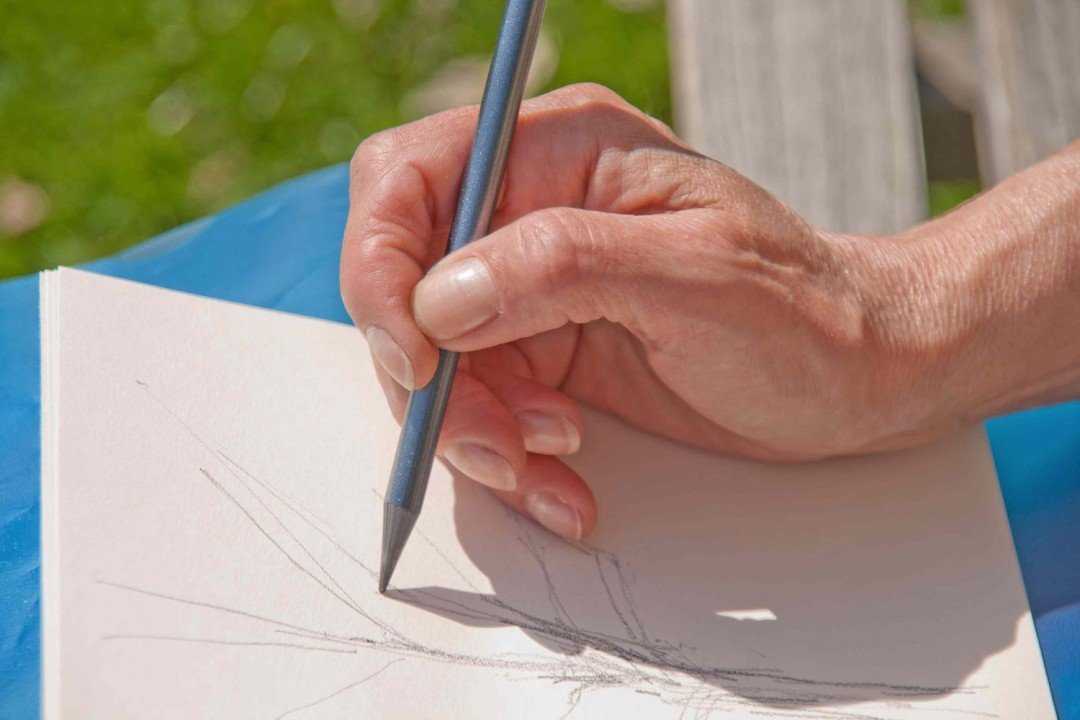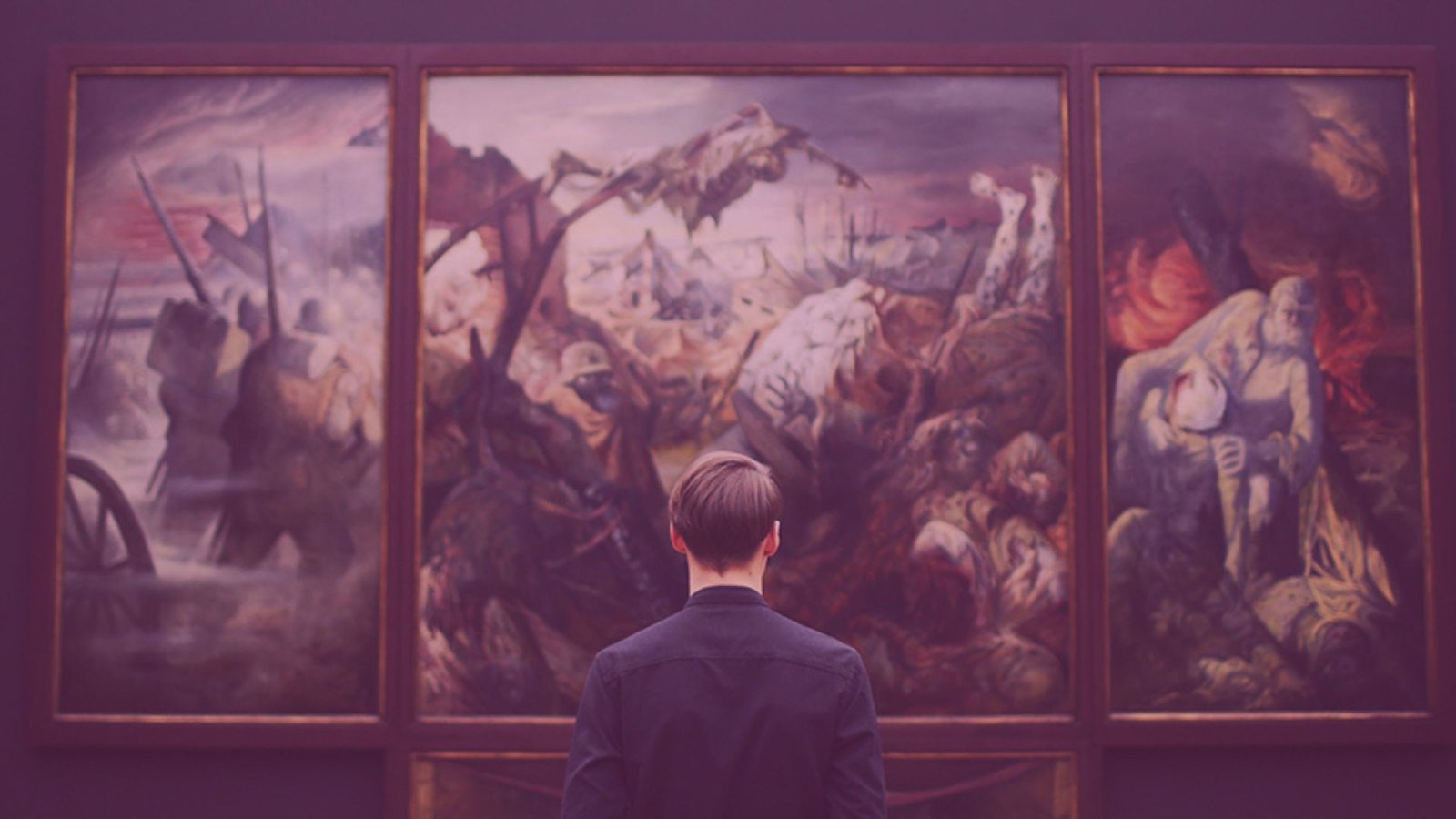To improve as a visual artist, establishing a consistent practice routine is essential. Regular practice not only hones your skills but also helps in developing a unique artistic voice. Set aside dedicated time each day or week to focus on your art, whether it’s sketching, painting, or experimenting with new techniques. Consistency in your practice fosters discipline and allows you to track your progress over time. By adhering to a routine, you ensure that you continuously evolve and refine your artistic abilities.

Seeking Feedback and Critique
Another effective way to improve as a visual artist is by seeking feedback and critique from peers and mentors. Constructive criticism provides valuable insights into areas that need improvement and can offer new perspectives on your work. Participate in art workshops, join critique groups, or seek one-on-one sessions with experienced artists. Be open to feedback, and use it as a tool for growth rather than taking it personally. Engaging with others in the art community not only helps you identify your strengths and weaknesses but also encourages you to push your creative boundaries.
Experimenting with New Techniques and Mediums
To truly improve as a visual artist, experimenting with new techniques and mediums is crucial. Trying out different styles, tools, and materials can lead to unexpected discoveries and innovations in your work. For example, if you usually work with acrylics, explore watercolor or digital painting to see how different mediums influence your artistic expression. Experimentation helps you break out of creative ruts and develop a more versatile skill set. By embracing new methods, you can find unique ways to express your ideas and enhance the overall quality of your art.
Setting Clear Artistic Goals
Setting clear artistic goals is a strategic approach to improve as a visual artist. Define both short-term and long-term objectives that align with your artistic vision and career aspirations. For instance, you might set a goal to complete a series of paintings within a certain timeframe or to participate in a specific number of exhibitions. Having clear goals helps you stay focused and motivated, providing direction for your artistic journey. Regularly review and adjust your goals based on your progress and evolving interests to ensure continuous growth and improvement.
Expanding Your Knowledge and Skills
Expanding your knowledge and skills is vital for improving as a visual artist. Take advantage of educational resources such as online courses, art books, and tutorials to deepen your understanding of art theory, techniques, and history. Attending workshops and seminars can also provide hands-on experience and exposure to new ideas. By continuously learning and staying updated with industry trends, you enhance your artistic capabilities and keep your work relevant. Investing in your education ensures that you develop a well-rounded skill set and a broader perspective on your craft.
Building a Strong Artistic Network
Building a strong artistic network is an important aspect of improving as a visual artist. Connecting with other artists, curators, gallery owners, and art enthusiasts can provide opportunities for collaboration, exposure, and professional growth. Attend art events, join online communities, and engage with social media platforms to build and maintain these relationships. Networking not only helps you gain feedback and advice but also opens doors to exhibitions, commissions, and other career opportunities. A supportive network can be a valuable resource in your artistic development and success.
Reflecting on Your Artistic Journey
Regularly reflecting on your artistic journey is crucial for continuous improvement. Take time to review your past work, assess your progress, and identify areas for development. Reflecting on your experiences helps you understand your artistic evolution and recognize patterns or themes in your work. Additionally, setting aside time for self-reflection allows you to evaluate what techniques and approaches have been most effective and what changes might be beneficial. By regularly assessing your growth, you stay aligned with your artistic goals and make informed decisions about your creative direction.
Embracing a Growth Mindset
Finally, embracing a growth mindset is essential for improving as a visual artist. A growth mindset involves viewing challenges and setbacks as opportunities for learning and development rather than obstacles. Approach your art with curiosity and a willingness to experiment, knowing that mistakes and failures are part of the creative process. Cultivate resilience and persistence, and use each experience as a stepping stone towards greater artistic proficiency. By maintaining a positive and open attitude, you create a conducive environment for ongoing improvement and creative exploration.
Conclusion
Improving as a visual artist involves a multifaceted approach that includes establishing a consistent practice routine, seeking feedback, and experimenting with new techniques. Setting clear goals, expanding your knowledge, and building a strong network further support your artistic growth. Reflecting on your journey and embracing a growth mindset ensures that you remain adaptable and resilient in your creative endeavors. By integrating these strategies into your artistic practice, you enhance your skills and continue to evolve as a visual artist, paving the way for ongoing success and innovation.




